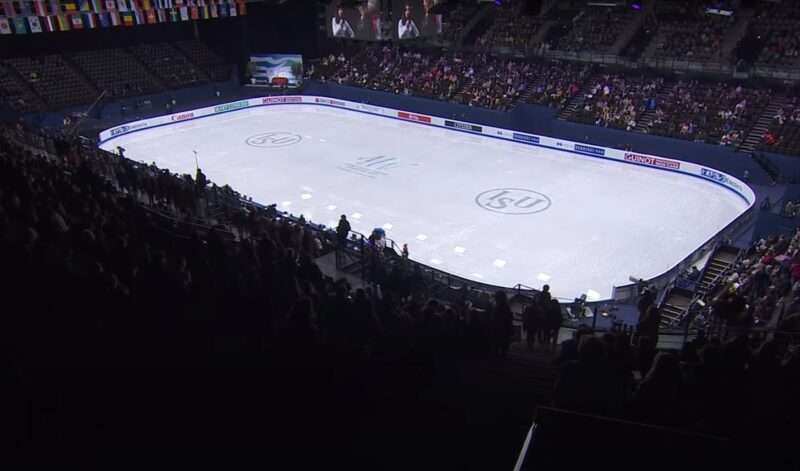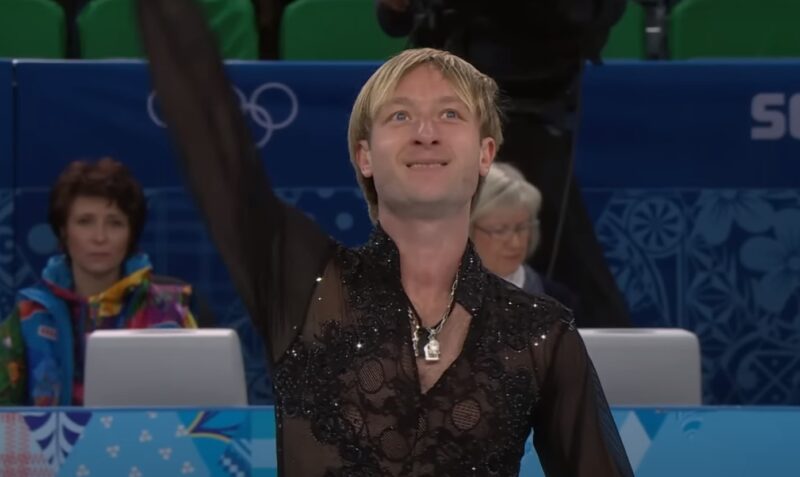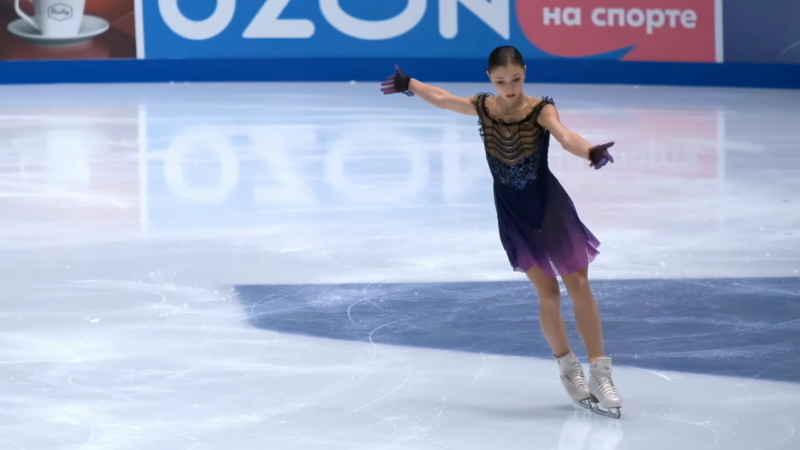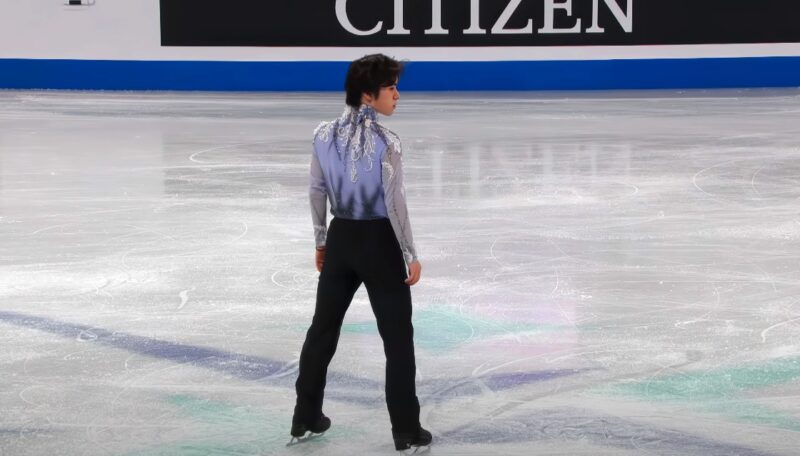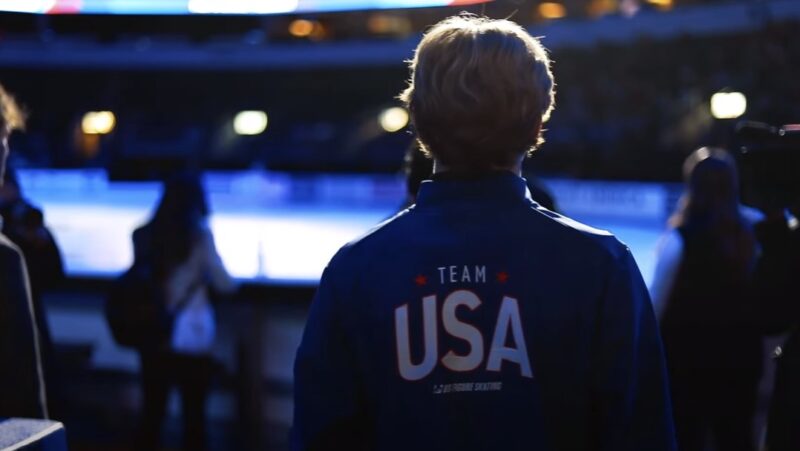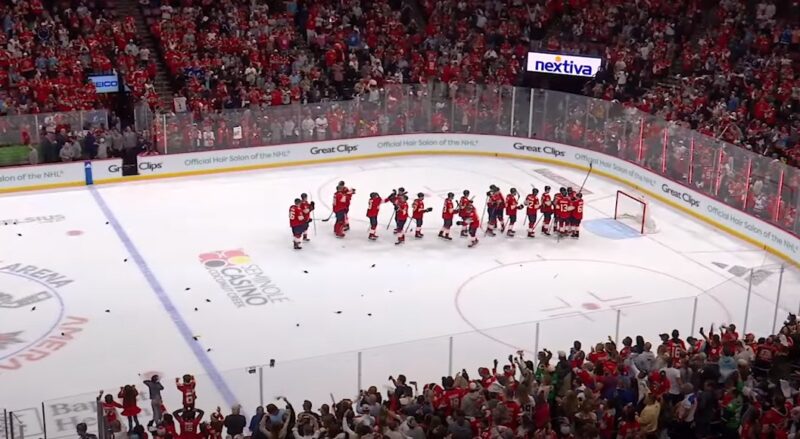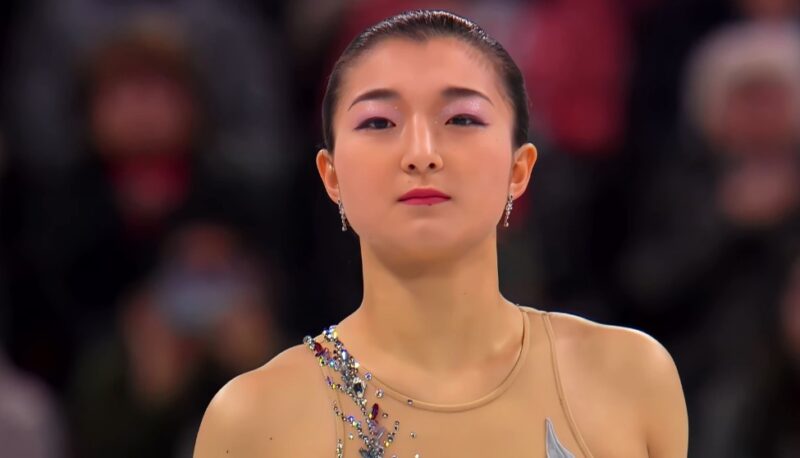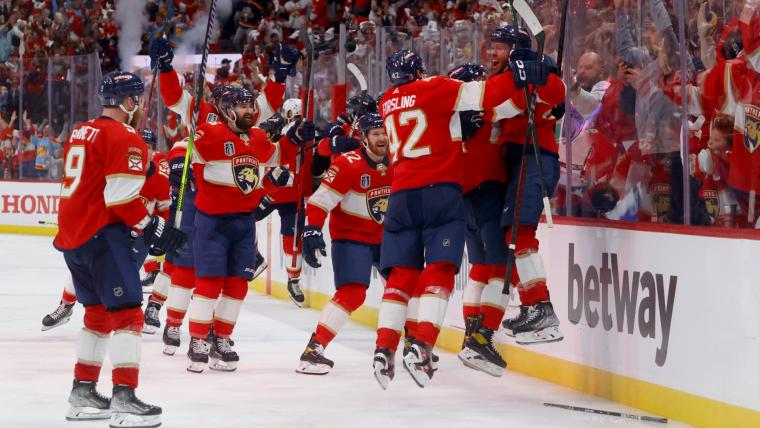
The NHL playoffs feature a unique and intense overtime format, distinct from the regular season. Characterized by its sudden-death nature, this format heightens the drama of postseason hockey, with the first team to score in overtime claiming victory.
Each overtime period lasts 20 minutes, similar to regular periods, but lacks features like shootouts or 3-on-3 overtimes. This can result in prolonged games, pushing players’ endurance and strategic skills to the limit.
Let us talk about this in greater detail.
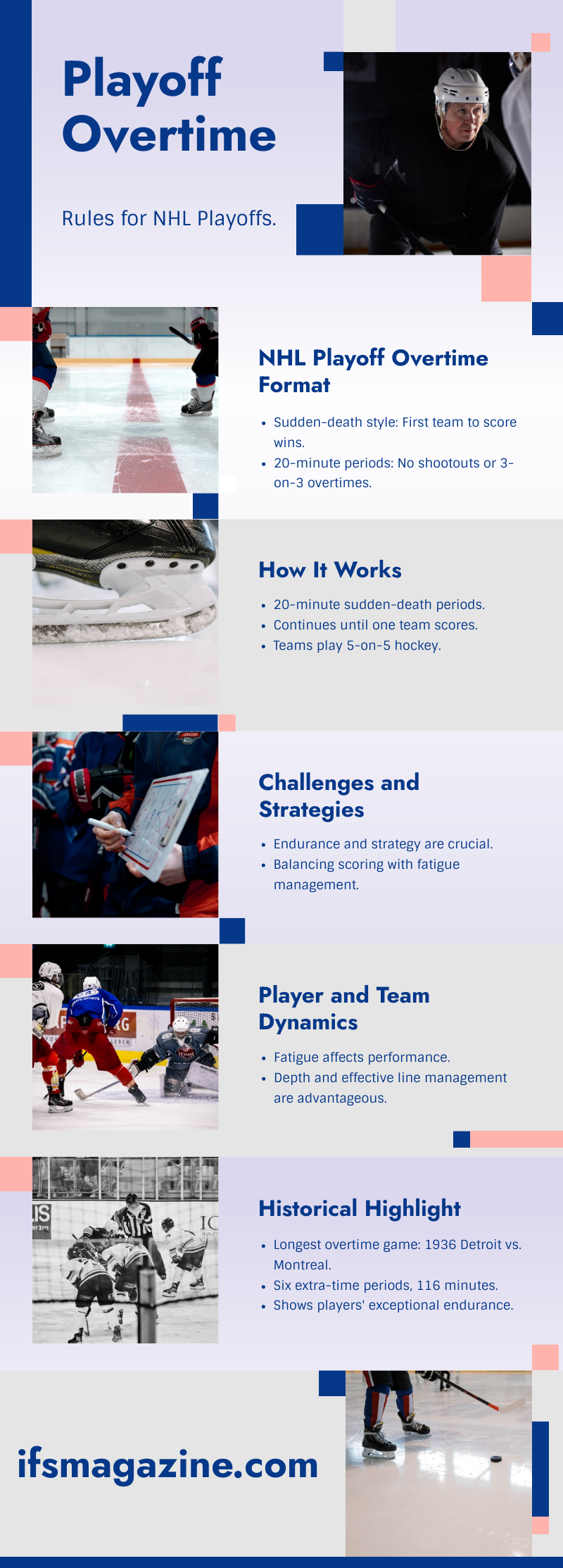
Extra-Time Format

The National Hockey League (NHL) continues to uphold its specific approach to overtime during the playoffs, distinctively different from the regular season format. In the playoffs, the league employs a sudden-death overtime system.
This means that the first team to score a goal during the overtime period wins the game. Notably, these extra periods are 20 minutes long, mirroring the length of a regular period during a game. Teams continue to play 5-on-5 hockey, as they do in regulation time.
There are no shootouts or 3-on-3 overtimes, a stark contrast to the regular season rules. This system is set to continue until a winner is determined, meaning multiple overtime periods can be played if necessary.
It pauses briefly between each overtime period, allowing teams to rest and strategize, but the action resumes with the same intensity and urgency.
Detailed Examination
The NHL playoffs are renowned for their intensity, drama, and the unwavering pursuit of victory.
When regulation time ends in a tie, the game continues with successive 20-minute periods.
This test of endurance and strategy transforms the ice into a battlefield where fatigue and tactical prowess play a pivotal role in determining the outcome.
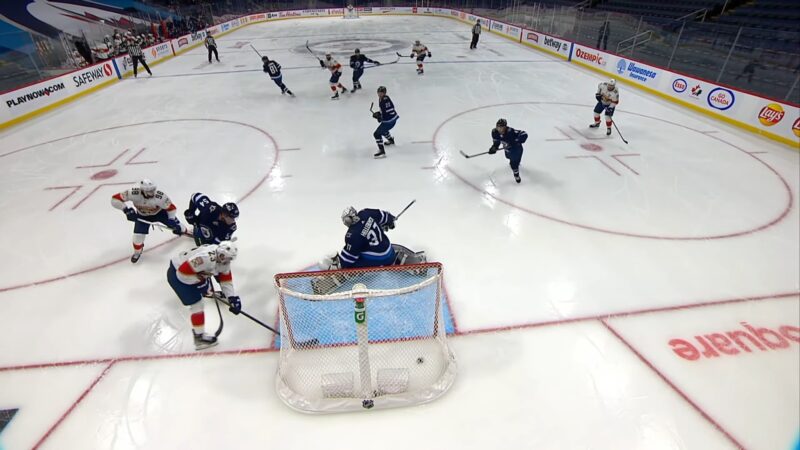
In the playoffs, the overtime rules are structured to ensure a definitive result. The game continues with successive 20-minute overtime periods until one team scores, effectively ending the game.
This format can lead to prolonged and intense battles on the ice, as teams push their physical and strategic limits to secure a win.
Role of Fatigue and Strategy
The extended play over overtime brings an additional layer of complexity to the game. Players and coaches must balance the immediate need to score with the physical demands of potentially playing several extra periods.
This scenario tests not only the skill and endurance of the players but also the tactical acumen of the coaching staff.
Managing player rotations, devising strategies to exploit tired opponents, and maintaining focus over an extended period become crucial elements of the game.
Impact on Player Performance and Team Dynamics

Player performance can be significantly impacted. Fatigue sets in, leading to slower reactions, reduced accuracy, and increased vulnerability to injuries.
This situation demands not only physical resilience but also mental toughness from the players.
Teams with depth in their roster and effective line management often have an advantage in these extended battles.
The role of the goaltender becomes even more critical, as a single mistake can end the game.
The Longest Extra-Time in History
In the annals of NHL playoff history, one game stands out for its extraordinary length and endurance-testing nature.
This record-setting game took place on March 24, 1936, in a matchup between the Detroit Red Wings and the Montreal Maroons. It was part of the NHL Semi-Finals, and it unfolded at the Montreal Forum, a venue renowned for its hockey history.
It extended through six extra-time periods, a staggering additional 116 minutes and 30 seconds of play beyond the regular three periods. This marathon game finally concluded when Mud Bruneteau of the Detroit Red Wings scored the lone and winning goal.
The final tally came at 2:25 a.m., making the total game time an astonishing 176 minutes and 30 seconds. The players, by this point, had been on the ice for nearly three full regular games in terms of duration, showcasing an incredible level of stamina and determination.
The 1936 game remains unmatched in terms of its length in NHL playoff history. It exemplifies the grueling nature of playoff hockey and the remarkable endurance of the players who compete at this high level.
Final Words
The NHL playoffs are a time of intense competition and excitement, and the overtime rules add to the drama and unpredictability of the games. The sudden-death format forces teams to play their best hockey, and the extended periods of play test their endurance and strategic prowess.
The longest overtime game in NHL playoff history is a testament to the grueling nature of postseason hockey and the remarkable stamina of the players who compete at this high level.




